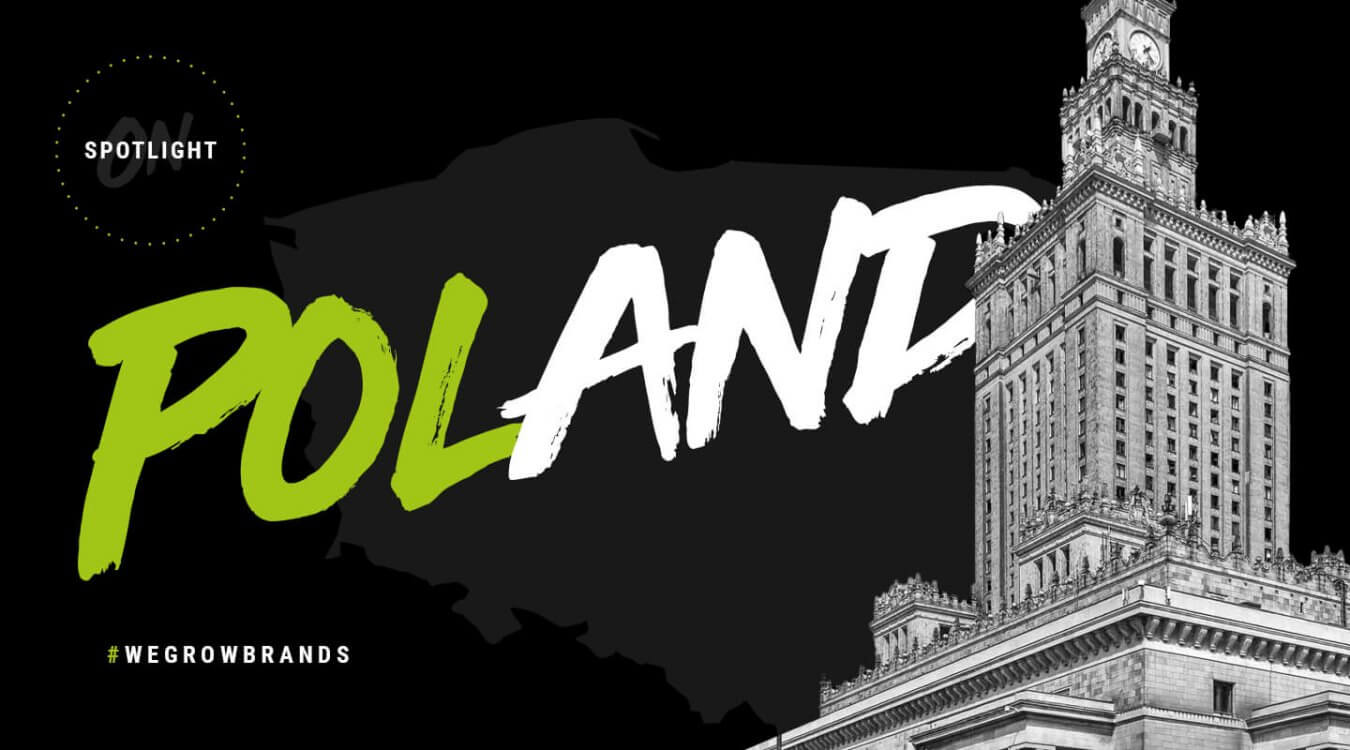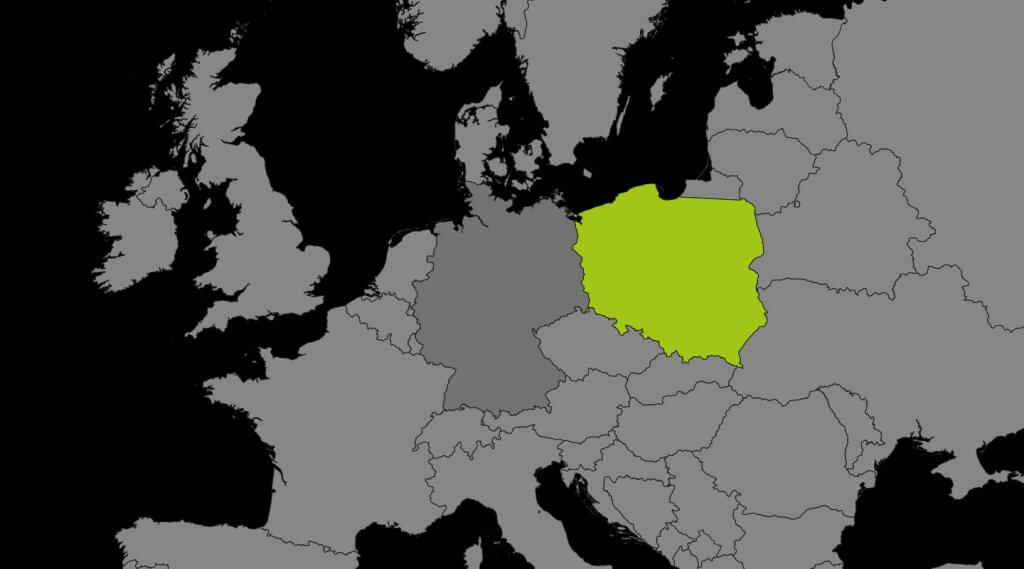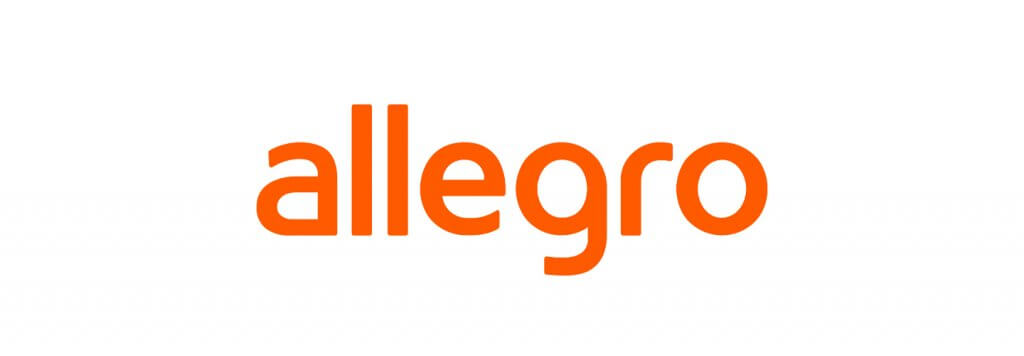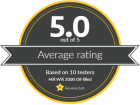Country Focus: Poland
More than open fields
With this mini-series about the markets Aqipa operates, we want to help new brands assess the attractiveness of certain locales and inspire retailers to learn from their peers in other countries. After Australia and Belgium, we are taking a look at a country that has gone through a formidable economic transformation and is now a European hotbed for digital development talents.
The Economy
Before diving into the economy, let’s start off with some interesting trivia on Poland.
- Poland is larger than Italy or the UK and has about 38 million inhabitants. Interestingly, the size of the population has been shrinking since the late 90s, when it peaked at 38.5 million people.
- Poland’s history is very complicated. The country has been invaded or has fought for freedom in insurrections over 40 times. Poland even disappeared from world maps between 1795 and 1918. Nevertheless Poland was the second country worldwide to spur a written constitution, which came into effect in 1791.
- While Poland derives from ‘Polanie’, which means ‘the people living in open fields’, one must note that Polish landscape has more to offer than flat fields. From their version of the lake district to off-shoots of the Carpathian mountain range to Tatra National Park. For those that want to visit, check out the 10 most beautiful places in Poland. (courtesy of theculturetrip.com).
Which country showed the highest, constant growth rates over the last 10 years in Europe? That’s right: Poland!
The country was the fastest growing in the EU between 2010 – 2019 in terms of purchasing power increase and has now reached about 73% of the European average GDP per capita. To illustrate this in more detail, the Warsaw region has 180-190% of GDP per capita, while Worclaw (Breslau), Poznán (Posen) and Kraków (Krakau) hover at an impressive 150% compared to average digits.
The Polish market is in a transition from entry level/high end to mid-range products due to the growing economy. In the first five months of 2019, Poland surpassed the UK to become the sixth-biggest economic partner of Germany in the world, the Polish Economic Institute (PIE) said in a report. In 2018, Poland’s exports to Germany made up 28.2% of all Polish exports, while imports stood at 22.4%.
Almost 16 years ago, Poland joined the EU and at the time was one of the least affluent countries in the bloc: GDP per capita was $16,000 in purchasing power parity, the second-lowest after Latvia. Unemployment was 19%. The average monthly salary was less than 2,300 zlotys (€510). Over the last decade and a half, the country has grown around 4% a year on average, more than three times the EU average of 1.2%.
The Economist noted recently that four main external forces stand behind Poland’s remarkable successes: access to subsidies from the EU, the flow of remittances from expats working in the EU, a strong economic environment in the bloc as well as a low-level starting point. The PIE said that Poland has already received or will soon receive EU funding of €164 billion, which corresponds to nearly twice the country’s annual budget.
According to two scenarios by McKinsey, the county could either grow at an annualized rate of 3% and reach a GDP per capita of EUR 18.500 in 2030 or, in a more optimistic outlook, even growth rates of 5% per annum seem realistic, which would bring Poland into the European mainstream and double Poland’s GDP to EUR 890 billion in 2030.
The Ecosystem
For CE retail markets, the market and growth rates are promising. According to PMR, a market research firm specializing in Central and Eastern Europe, the market for AV, brown goods /white goods without IT equipment increased by 7% in 2019 compared to the previous year before dropping down to 2% growth in 2020 to reach a total of 32,7bn PLN.
With a currency exchange rate of 4.58 in March 2021, this equals a total market size of EUR 8bn. While the exchange rate has been depreciating as of late, forecasts put the PLN-EUR rate at a bandwith of 4.7 – 4.3 PLN until Q1 2022 (average forecasts of 10 banks).
A whopping 38,2% of sales are already made online (which is higher than the European category average of 31%), and ecommerce grew at about 25%-35% p.a. over the last three years and is expected to double between now and 2023.
The market is dominated by homegrown players with the largest one being TERG (media-expert), making 8.4bn PLN in 2020, followed by Euro-net (RTV Euro AGD owner) with 8.1 bn PLN and in third place, considerably lagging behind with 3.6bn, foreign player PLNCeconomy (Media Markt). Places 4 and 5 are taken by X-KOM (2.5bn PLN) and Komputronik (1.6bn PLN), respectively.
The market came together fast, and the 5 biggest players now (2021) control north of 70% of the total market – this is an increase from a rate of 60.2% in 2020 and 69.7% in 2015.
One interesting player to point out here is ALLEGRO!
Allegro came into existence in 1999 as an auction site. While the purpose of the site remains the same, there has been a slight change in its mode of operation – sales no longer follow the auction model. The prices of products are now fixed, with slight differences between different sellers. Shares in Polish e-commerce group Allegro leapt more than 60% in October 2020, giving the company a market value of almost $19 billion in Europe’s biggest initial public offering (IPO) so far this year.
Allegro is one of the leading technology-driven trading companies in Poland and in Europe. Allegro was founded in 1999 in Poznań and today has offices in Warsaw, Toruń, Wrocław and Kraków. From an auction site for hobbyists, it has evolved into the most popular e-commerce platform. Allegro currently employs over 1,800 people, nearly half of whom are top-class experts in technology.
According to the report “E-commerce in Poland 2019” conducted by Gemius, a renowned market research company, 80% of respondents identified the Allegro platform as their preferred brand in the e-commerce industry.
21 million accounts have been created on the platform so far. Customers buy over 1.2 million products every day, over 95% of which are new items, sold at a fixed price, with a warranty and insurance. Allegro offers modern online financial services, such as 0% renewable instalments.
A significant part of the Allegro Group, Allegro is a top e-commerce company. The brand also used to own PayU – an online payment system, Ceneo – a price comparison site, and other top services, including OtoMoto and Bankier.
AMAZON.PL launched recently (yes this is in March 2021!) and is expected to experience difficulties growing due to the presence of strong local players.
Every year, MONEY.PL and the 2nd biggest weekly magazine Wprost release a ranking of the best online shops in the CE category. In 2020, the ranking looked as follows:
- Komputronik
- Neo24.pl (NeoNet)
- Euro.com.pl (Euro-net)
- Vobis.pl
- e-cyforwe.pl
- morele.net
- electro.pl (MediaExpert)
Influencers
The media landscape in Poland is deeply polarized, having started to take form after 1989 with many old titles ceasing to exist and new ones emerging. Gazeta Wyborcza is the biggest newspaper today and was founded during that time. The largest online portal to watch is onet.pl with highly polarizing political topics, from far left to far right.
Circulation of hard copy newspapers is poor. The best-seller “Fakt” (BILD-like tabloid) sells about 300 000 copies, “Wyborcza” 110 000 copies. Super Express and Rzeczpospolita are other titles to watch.
When it comes to lifestyle media, there are several hundred titles with a large sector of women’s press (top 5) as well as Polish editions of “Vogue”, “Playboy”, “Forbes and “National Geographic”. Top-shelf and luxury magazines are less popular, but the selection is growing and so are society columns (“Viva”, “Gala”, “Party”) as well as male-focused press like “Logo”, “Men’s Health”, “CKM” and “Esquire”. There is a large number of polish magazines.
Online subscriptions are gaining popularity, and most titles have paywalls. After onet.pl, the most important portals are:
In terms of radio and TV stations, RMF FM (radio) and TVN24 are the most crucial ones, followed by Polsat News (TV).
Poland’s influencer list for technology is led by Stuart Kluz Burton @stuuburton, who has 2.2m followers on Instagram and more than 1.3m followers on YouTube. According to starngage.com, he is followed by Marcin Dubiel @marcindubiel and Ola Novak @ola_nowak (who claims to be among the top 10 most influential women on the internet in Poland).
Consumer Electronic Brands
When COVID-19 hit the country in early March, the economy was put on hold. Businesses, retail outlets and food service establishments were closed, and economic growth went into a downward spiral. Cultural institutions and schools closed March 12, and borders followed three days later, with an official epidemic being declared on 20 March.
Large overseas businesses dominate the consumer electronics market in Poland. Poles appreciate these players’ capacity to produce a large spectrum of products that meet diverse consumer needs. Consumer electronics e-commerce was already on a path of growth, and the pandemic only accelerated this development.
According to statista.com, revenue in the consumer electronics segment is projected to reach US$2,142m in 2021. Revenue is expected to show an annual growth rate (CAGR 2021-2025) of 6.98%, resulting in a projected market volume of US$2,806m by 2025. User penetration will be 28.6% in 2021 and is expected to hit 37.4% by 2025.
The average revenue per user (ARPU) is expected to amount to US$198.17 compared to e.g. € 241 ARPU (showcased in our last report about Belgium).
Famous manufacturers like LG or Vestel
The country is home to a number of the world’s leading manufacturers including South Korea’s LG Electronics, Hong-Kong-headquartered TPV Technology, the Chinese company TCL and the Turkish electronics and appliances manufacturer Vestel.
The most famous consumer electronic brand in Poland is Samsung, and the audio category is dominated by global players like JBL, Sony and Sonos, with Yamaha and Denon also playing an important role. LG, Philips and Samsung are the most significant home appliances brands, and iRobot dominates the robotic vacuum cleaning market.
A brand to watch is Xiaomi. When it comes to action gear, DJI, Garmin and GoPro are the contenders, and again, Xiaomi as well as brands like Insta365 are making inroads and growing fast. The office communication market is led by Jabra and Poly, followed by Sennheiser Communications, which will consolidate its gaming and enterprise activities under the Epos brand.
For Poland, Aqipa recently hired a new country manager: Tomasz Pietruszka, who will focus on growing the GoPro account and introducing brands like aarke into the home accessories field. The same goes for eMeet and office communication, Kygo headphones, TEAC turntables and, of course, digital radios from Pure as well as the very new, iconic Braun Audio range.
Aqipa Insights
Poland is very much influenced by its German neighbour. Not just as a large trading partner but also because there is a constant flow of talents between the two countries, and business practices are very comparable. Retailers are similar to Germany’s in that they do not charge massive listing fees like other countries do.
One very noteworthy thing is the fact that the market is dominated by local players. Many brands don’t see Poland as a European priority market to invest time in and translate for. MediaMarkt is really the only relevant non-Polish company in CE, but it’s losing shares to the local online platform ALLEGRO. Food retail is dominated by French companies.
Aqipa is bringing a whole range of premium brands to Poland that fit the current development from a very bipolar market (luxury and entry level) to a stronger mid-level market valuing good quality and design.
Local gear guru Tomasz Pietruszka is always happy to help if you have any questions about Aqipa services in Poland!







